Clint Kling of Shepherd VR joins The Crude Life’s founder Jason Spiess to discuss some news changes happening in the world of Virtual Reality. Kling has developed a number of VR Training programs for the mining industry and has also collaborated with the South Dakota School of Mines.
“You know, four years ago, we were pretty early,” Kling said. “Now we're kind of seeing this stuff as more mainstream almost in a way in different sectors and some of our casework that's been in the past has laid some of the foreground,”
In this interview, the recent news of the FDA (Food and Drug Administration) spending $1.2M on a VR-enabled hub to spur development of at-home care devices sparked the conversation with the virtual reality expert.
The VR initiative from the FDA is to promote at-home medical device development with a focus on health equity in at-home care.
“Early on, the trainings that were designed to help for the safety aspect, especially in the mining sector and oil, where I had some background as well.,” Kling said. “These sectors have severe consequences to an action that may be, you know, done wrong and part of safety training is why we have so much of it is to prevent such things happening.”
The VR initiative from the FDA illustrates how the oil and gas industry continues to train other industries with their trailblazing technology and innovation.
Kling commented that one thing VR can deliver to different types of clinical services is ability for patients to stay in their homes or other non-clinical settings.
In addition, this VR integration could enable patients, including the socioeconomically vulnerable and underserved communities, the elderly or disabled, to access needed health care services when accessing them in person would otherwise be difficult, and this could make it easier, and more likely, for patients to complete treatment and monitoring regimens.
The FDA says the VR model will help developers and policymakers better understand the structural elements of a home that could impact use of an at-home medical device. The agency added that the first models will be focused on rural and low-income populations.
“A lot of this research that I've worked on, it's based on some of the cognitive brain behaviors of, learning new behaviors, essentially,” Kling said “We sometimes get trained a certain way to look for certain things, or maybe it's just a bad way of doing things and we need to unlearn that stuff.”
Kling continued explaining some of the barriers to entry and resistance to new technologies for virtual reality.
“With the VR, it's been very, very useful and designing the program in a way so people can actually start relearning old behaviors essentially and developing better habits to keep them safe,” Kling said.
The VR initiative, part of the agency’s health equity agenda, will rely on augmented and virtual reality and requires the development of a prototype that will be rolled out in underserved areas with several overarching objectives, including the democratization of clinical trial participation.
According to Kling one of the ways VR is changing internal operations of companies is through transportation, geography and training facilities.
“Traditionally, you'd have a classroom and you would have an instructor there,” Kling said. “And a lot of these structures are very good, but different styles, different people have different techniques, how they present things.”
In a joint statement from the FDA’s Centre for Devices and Radiological Health (CDRH), their director Jeff Shuren and Michelle Tarver, the center’s deputy director for transformation, said that the current healthcare model has been undermined by shortages in primary care physicians and specialists, rising costs, and growing numbers of people with chronic diseases.
In short, VR Training is a solution to many problems.
What Is Augmented Reality and Virtual Reality?
Augmented Reality (AR) is a real-world augmented experience with overlaying or mixing simulated digital imagery with the real world as seen through a camera or display, such as a smartphone or head-mounted or heads-up display (HUD). Digital imagery may be able to interact with real surroundings (often controlled by users). This is sometimes referred to as mixed or merged reality.
Virtual Reality (VR) is a virtual world immersive experience that may require a headset to completely replace a user’s surrounding view with a simulated, immersive, and interactive virtual environment.
There are a number of treatment domains in which augmented reality and virtual reality are used to treat patients. Among those domains are:
Pediatric diagnostics and treatments
Pain management
Mental health
Neurological disorders
Surgery planning
Intraoperative procedures
Ophthalmic diagnostics
Telemedicine
Virtual Care
Post operative and other rehabilitation therapies
Relative to current therapies, an AR/VR device may introduce new benefits and novel approaches. Such benefits may be identified across a wide variety of patients, or it may be more beneficial for some patients than others. A device may demonstrate particular benefit for underserved populations (for example, patients with more limited access to medical care) or vulnerable populations (for example, children, patients with mental health or cognitive impairment).
Kling is a seasoned professional in mining and oil operations with over a decade of hands-on industry experience. Kling bolsters his practical knowledge with robust academic qualifications – a Master of Science degree in Mining Engineering and a Graduate Certificate in Safety Management.
In the course of his doctoral studies, Kling has been creating and refining virtual reality modules to amplify the effectiveness of safety training. By weaving together advanced neuroscience and psychology principles, Kling has brought to life the unique Functional Integral Training (FIT) method.
This groundbreaking approach capitalizes on the immersive nature of VR to facilitate superior knowledge retention, positioning Shepherd VR’s training modules a cut above the rest.
“With Shepherd VR, you’re not just learning safety – you’re experiencing it,” Kling said. “Experience the mining environment like never before and cultivate the safest practices with our unique VR training module.”
To contact Kling on LinkedIn, click here.
To contact Kling via his website, click here.
Everyday your story is being told by someone. Who is telling your story? Who are you telling your story to?
Email your sustainable story ideas, professional press releases or petro-powered podcast submissions to thecontentcreationstudios(AT)gmail(DOT)com.
#thecrudelife promotes a culture of inclusion and respect through interviews, content creation, live events and partnerships that educate, enrich, and empower people to create a positive social environment for all, regardless of age, race, religion, sexual orientation, or physical or intellectual ability.
MORE FROM THE CRUDE LIFE
Please click that ♡ button, share, and subscribe.
Please share the links on social media.
Thank you thank you thank you for your engagement and support.
f you have a news tip, press release, guest suggestion or other content concepts, please email thecontentcreationstudios(AT)gmail(DOT)com
This post was brought to you in part by one of The Crude Life’s fantastic sponsors, please consider supporting their services or learning more about their organization by clicking on the banner below.
Subscribe to ENERGIES – the leading renewable energy magazine professionals trust for the latest information on industry trends, innovation, technology, software, interviews and insights into the daily business shaping the solar, wind, hydro, and alternative energy market.
Check out the latest issue sharing Billy Idol’s sustainable story!
U.S. Energy Media is a leading digital media platform dedicated to providing insightful and engaging content for professionals in the energy industry. With a focus on the oil and gas sector, renewable energy, and the achievements of women in the energy field, our digital magazines offer a comprehensive view of the latest trends, technologies, and career opportunities in the energy sector.
Click here for U.S. Energies Media website.
For those interested in more information or to set up a marketing call, contact Connie Laughlin at 800-562-2340 #7 or thecontentcreationstudios@gmail.com





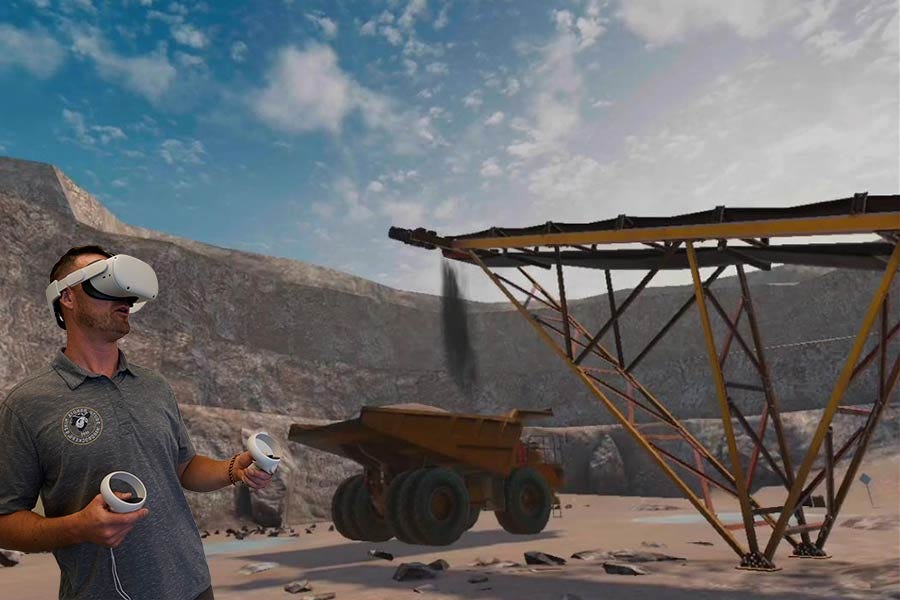
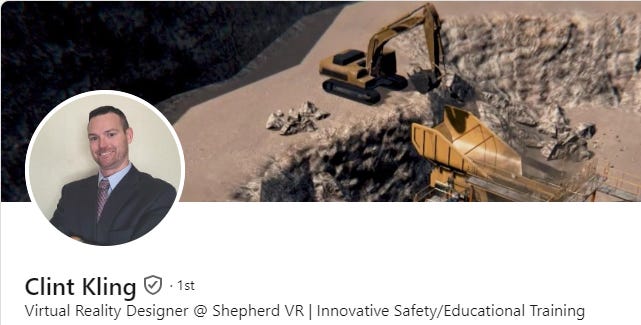

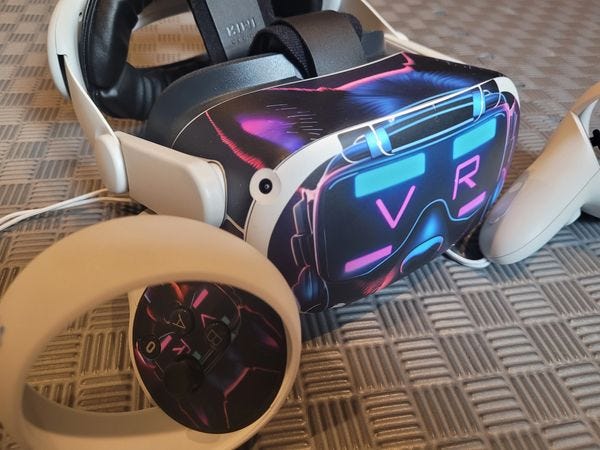
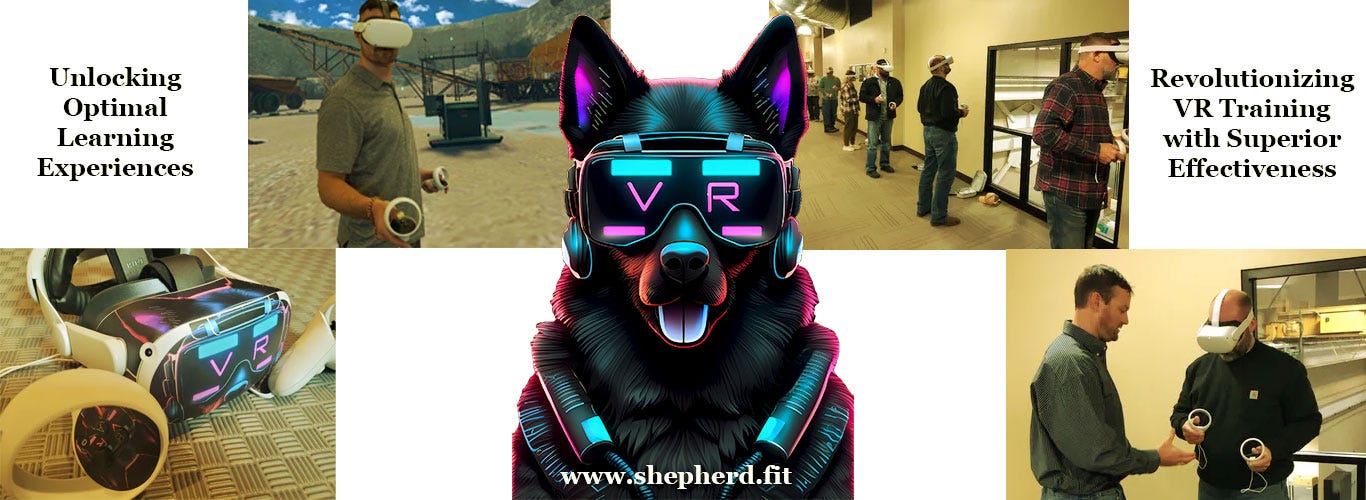







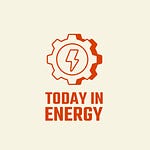



Kling Comments on FDA's Virtual Reality Initiative